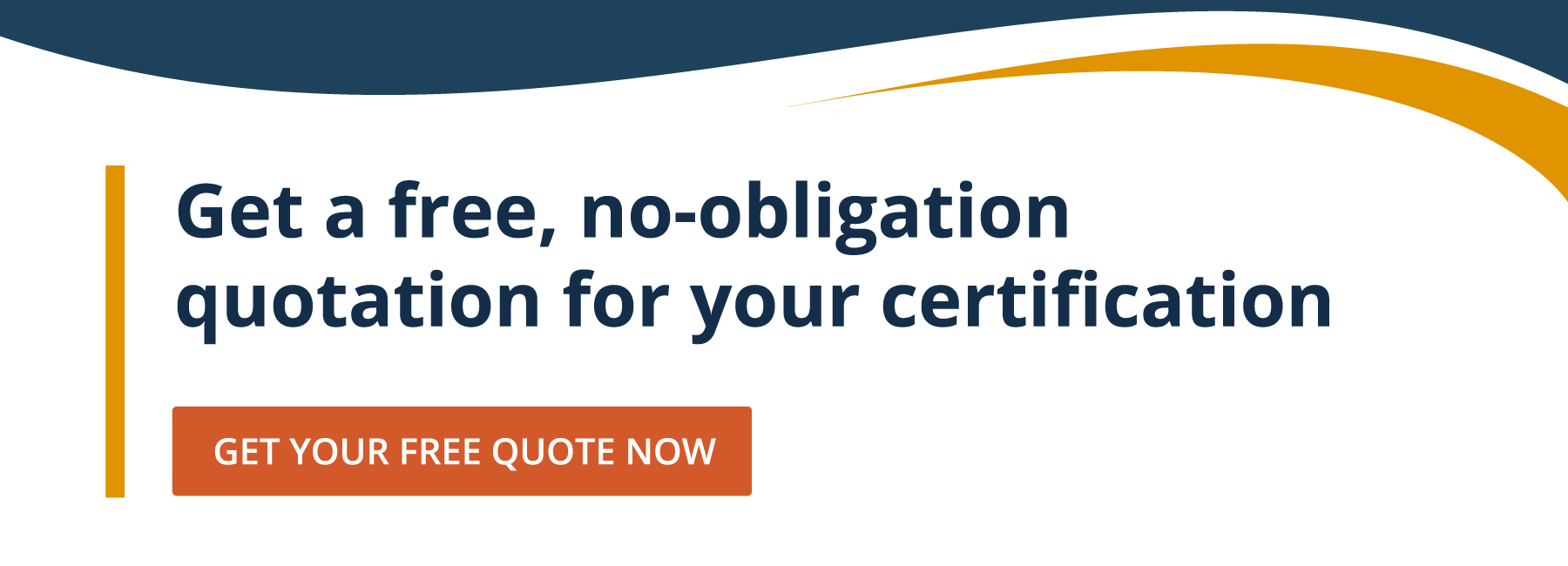A considered quality management plan is essential to achieve your clients most important objectives and values. Delivering a vision for the quality of your product together with a cohesive and structured quality management plan, which is succinct and focussed, standardises your brand's deliverables.
So why use a quality management plan (QMP)?
Developing a good QMP can lead to more effective and rapid achievement of your business objectives. Encouraging a collaborative approach to sharing and strategising a staged QMP facilitates continuous growth throughout a project. The purpose of the plan is to communicate to commissioners and/or stakeholders how quality standards will be managed throughout a project's lifecycle. Processes, frameworks and procedures are re-evaluated consistently to formalise objectives and offer robust quality assurance. Budgets, deadlines and values should be clearly defined and discussed to ensure clients are satisfied and their expectations are met.
This is AAC's step by step guide to formulating your own QMP.
Strategise the specifics
Fluid communication is integral to a successful QMP. Familiarise yourself with your customer. Take the time to get to the heart of their brand. So much can be gleaned from the client's expectations by first understanding who they are and what they wish to achieve through their collaboration with your service. This will ingratiate you with your client and allow you to collaborate in the development of expectations throughout the project's evolution. The more open your communication channels with the client, the easier it will feel to update them on progress and request transparent feedback.
Establish quality standards and project deliverables
From establishing supplier standards, required notifications, work verifications, testing parameters, performance standards and acceptance criteria, the quality standards you develop will predict and manage the essential stages of your QMP. Focussing on clarifying the background, need, scope, activities, and important milestones or deadlines of a project, structure and goals are standardised to govern quality. Comprehensive planning will encapsulate all these objectives, highlighting how developed and detailed they should be.
Roles and responsibilities
Effective delegation allows team members to focus on those elements of the QMP best suited to their abilities and skills, improving productivity and morale. Reducing workload, attributing responsibilities, and quality assurance measurements, efficient delegation techniques can anticipate any work funnel congestion, establishing in the early stages of a project if any outsourcing or auditing may be potentially valuable.
Ongoing quality management
Ongoing quality management offers insight into the strengths and weaknesses of your working culture and productivity. Success is a journey, not a destination with regards to quality planning. Re-evaluating performance and time management within each commissioned project allows you to compare and contrast the teams' techniques working on various projects. An ongoing analysis of project deliverables correlated against quality requirements will outline the functionality and lifecycle of your workflow.














 Getting ISO certified in your industry is becoming more and more critical as the competitive landscape tightens. Maintaining an advantage over your competitors is crucial to not only surviving but to prosper in these economic times.
Getting ISO certified in your industry is becoming more and more critical as the competitive landscape tightens. Maintaining an advantage over your competitors is crucial to not only surviving but to prosper in these economic times.